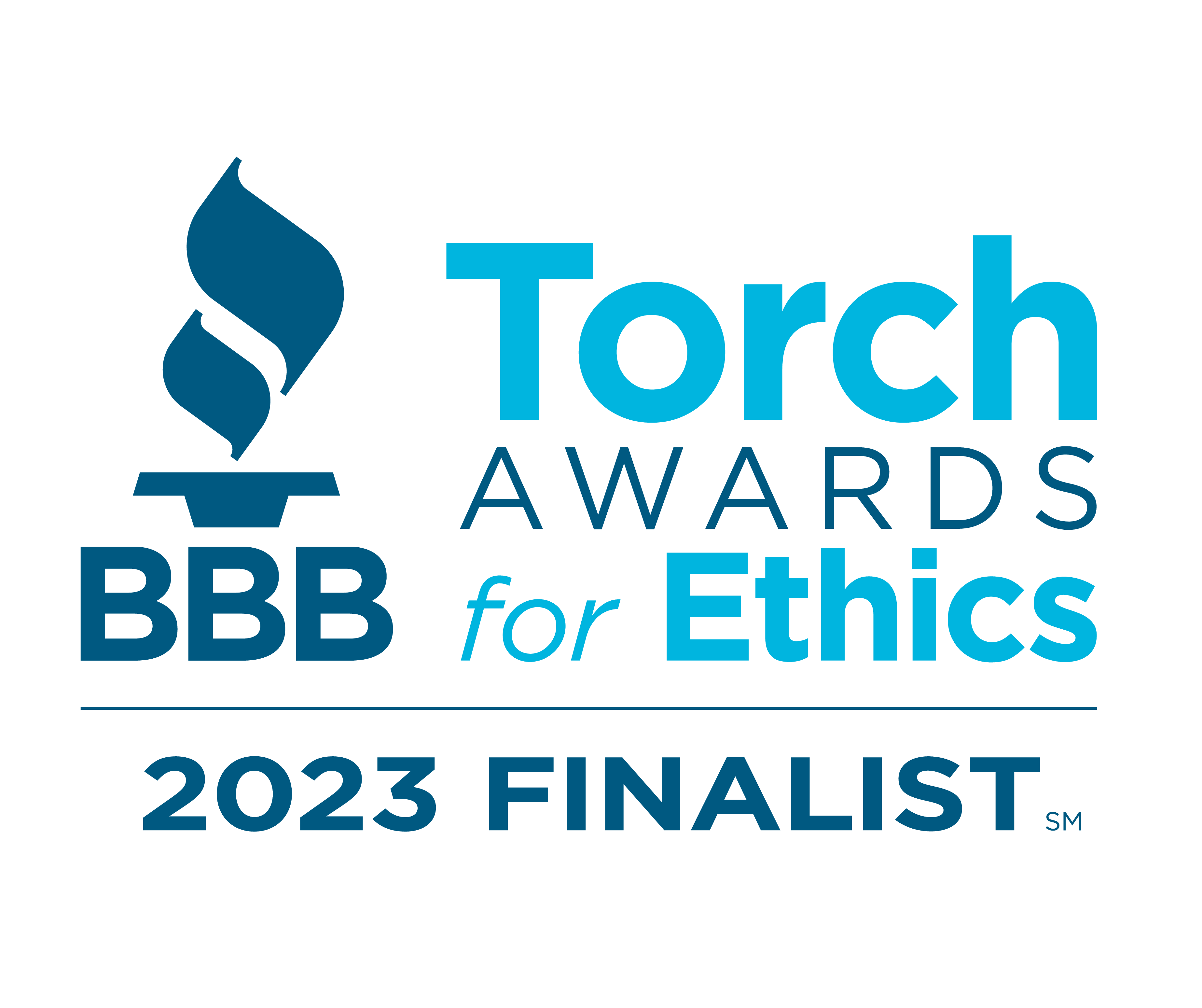By 2020, about one-third of American workers will be self-employed.
A whopping 97% of these workers prefer self-employment over traditional W-2 positions.
But for all the perks of nontraditional careers, there’s one problem.
It’s a tax nightmare.
If you’re one of the millions of workers taking up self-employment this year, you may not know where to start.
Estimated tax payments are confusing and especially difficult when you’re just getting started.
But if you don’t make the correct payments, the IRS is sure to penalize you.
Don’t take chances when it comes to filing self-employment taxes.
It’s easier than you may think. Here’s our comprehensive guide on estimated tax payments.
1. Do I Have to Make Estimated Tax Payments?
The best part about being a W-2 employee is letting your employer take care of the taxes.
But now that you’re on your own, it’s your responsibility.
The good news is you may not everyone has to make estimated tax payments.
You only have to pay if you’ll owe the federal government $1,000 or more in annual taxes.
Of course, this doesn’t mean you’re tax-free.
Let’s say, in addition to your W-2 job, you’re also a music tutor.
This side-gig nets you $3,000 for the year, which is far less than $1,000 in taxes.
Although you don’t have to make estimated tax payments, you are still legally obligated to claim that income when you file.
There are two other major exceptions.
If you didn’t pay taxes at all last year, you don’t have to make estimated tax payments this year.
You also don’t have to make payments if your W-2 position withholds 90% of what you’ll owe.
2. How to Calculate Estimated Tax Payments
If you’re new to self-employment, you should use Form 1040-ES to calculate your estimated tax payments.
Realize that self-employed workers will pay more in taxes than their W-2 counterparts.
This is because your W-2 employer pays half of the social security and Medicare taxes.
When you’re self-employed, you’re responsible for the whole portion.
Social security and Medicare account for 12.4% and 2.9% of your income, respectively.
That’s a total of 15.3%, not including your federal or state taxes.
You may not know enough about your new venture to come to an accurate tax estimation.
And if you earn uneven payments, you may not have the money on hand to pay for that quarter’s taxes.
For the best results, annualize your income.
This can help you avoid underpayment penalties.
You’ll also be penalized for uneven payments, but this can be hard to avoid during your first year.
If you paid self-employment taxes last year, you’re in luck.
You can simply pay 100% of last year’s tax burden in estimated payments.
Doing so will mean you can’t be penalized for underpayment, although you’ll still have to account for this year’s actual tax burden.
3. How Do I Pay Estimated Taxes?
There are several payment mediums available, so you should have no trouble finding the one that works for you.
If you’re old-school, there are options to pay by mail or phone.
Of course, these make it more difficult to keep track of your payment history.
Your best bet is to use an online method.
The IRS has two: The EFTPS and IRS Direct Pay.
Note that the Electronic Federal Tax Payment System (EFTPS) requires you to sign-up in advance.
You’ll have to wait for a mail delivery to get your login information.
So don’t wait until the last minute to make your estimated payment.
IRS Direct Pay is easier, but it requires you to have a self-employed tax return.
If you’re just getting started, you’ll have to use the EFTPS for the first year.
4. When Do I Pay Estimated Taxes?
Estimated tax payments are paid quarterly.
However, you receive a 15-day grace period at the end of each quarter.
The payment periods are as follows:
- Jan 1 to March 31 (Due April 15)
- April 1 to May 31 (Due June 15)
- June 1 to August 31 (Due Sept. 15)
- Sept 1 to December 31 (Due Jan. 15)
Don’t get mixed up during the grace period. Let’s say you’re paying estimated taxes for the first quarter.
It’s April 7th.
Due to the grace period, you have until April 15th to make your first payment.
You may have earned money in April already. However, remember that April income is part of the second payment period.
This distinction matters if you’re paying annualized, uneven payments. Otherwise, you could suffer worse payment penalties.
5. What If I Don’t Pay Estimated Taxes?
IRS penalties can vary.
Failure to pay estimated taxes at all will result in a failure-to-file penalty, assuming it’s your only source of income.
Your tax bill will increase by 5% every month until you pay it off.
The IRS may file federal charges if this continues.
However, you can pay estimated taxes and still experience a penalty.
Underpayment is common, which is what happens when you don’t pay enough.
The penalty is 3% of the remaining tax burden.
You may also have to pay a penalty for uneven payments.
Sometimes the IRS will waive this penalty for those who are self-employed for the first time.
But don’t count on it.
Do You Owe Taxes?
Some self-employed entrepreneurs don’t realize they have to make estimated tax payments.
After a few years go by, they’re surprised when the IRS comes after them for what they’re owed.
It’s an honest mistake — and an easy one to make if you don’t understand the tax system.
If you’re in tax debt, you may qualify for tax relief.
Our tax attorneys at Alleviate Tax can dramatically reduce the debt you owe, as well as any levies or garnishments.
Get started today and see how we can help you alleviate your tax debt.









